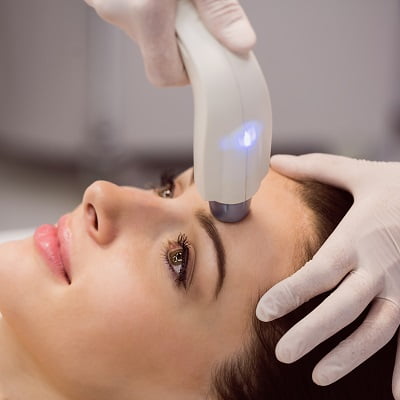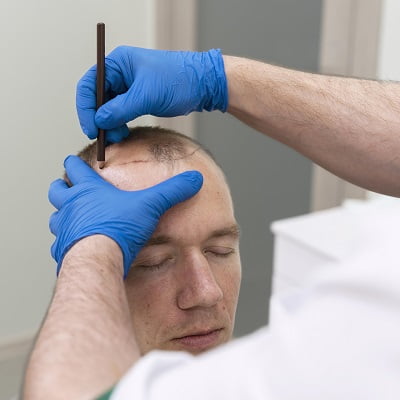Heavy-duty metal headgear and dental braces are a thing of the past. Numerous new types of braces for children and adults have been developed as a result of advancements in dentistry and orthodontics. You have a wide range of alternatives when it comes to modern orthodontics; some are so cutting-edge that no one may even notice you are wearing braces at all. Your smile and general confidence can be significantly improved by having straighter teeth. In terms of time, comfort, and financial cost, it can also be a costly option. Each year, about 1 million people and countless youngsters choose to straighten their teeth with braces. This question will give you an answer to the most sought question which is What Are The Pros and Cons of Dental Braces? This article will explain to you the different types and pros and cons of each kind.
Types of Braces:
Following are the types of braces that you can have:
- Metal braces
- Ceramic braces
- Self-ligating braces
- Lingual braces
- Clear aligners like Invisalign
Metal/ Traditional Braces:
Metal is the usual material for braces. It consists of flexible wires or archwires that hold the brackets or bands together, as well as brackets or bands that wrap around each tooth. When connecting the brackets to the wire, some braces additionally have metal or rubber ties. Your teeth will be straightened and aligned with the added pressure these bands produce.
Pros:
- Productive and adaptable
- There are no speech modifications
- Appointments each four to eight weeks
- If you like colours, it’s fun
- Unlike Invisalign, which is more dependent on patient compliance
- There is no delay in the beginning
- The least expensive
Cons
- Brushing and flossing are challenging
- Esthetically, this is most apparent
- Not recommended for those with bad dental hygiene
Ceramic Braces:
In terms of size and shape, ceramic braces are fairly comparable to conventional metal braces. But they are made of a ceramic substance that conceals the braces by blending in with the color of the teeth. This type moves teeth into the appropriate positions just as well as conventional braces, but because of their colour, they are far less obvious, making them a more appealing option for certain people. But if they aren’t properly cared for, they can get soiled and are usually more expensive than conventional braces.
Pros:
- Compared to clear plastic aligners, they are speedier at moving teeth and less noticeable than metal braces (Invisalign).
Cons:
- They also cost more than metal braces, which is a drawback.
Self-Ligating Braces:
Available in metal or clear/ceramic material, self-ligating braces function similarly to metal and ceramic braces. Similarly, they use a wire and braces to reposition the teeth. Self-ligating braces use doors or clips, as opposed to elastic rubber ties, to hold the wire in place, which is how they differ from metal or ceramic braces. So, they’re a wise decision for more sensitive patients who experience pain as they are easily adjustable.
Pros:
- Easily cleaned and compact. It’s possible that you won’t hurt as much.
Cons:
- Contrary to other braces, they are more pricey.
Lingual Braces:
In that they are made of metal and are fastened to the inside of the teeth, lingual braces are comparable to standard braces in that they are not readily seen from the outside. The obvious benefit of this type is that it is concealed behind the teeth, making it invisible to others. However, they are less efficient than conventional braces and frequently take longer to align teeth as intended.
Pros:
- Absolute concealment from outside observers
Cos:
- Cleaning challenges
- Expensive
- Unable to handle serious cases
- More severe soreness at first
- Changes to routines are challenging and result in drawn-out appointments.
Clear aligners like Invisalign:
They may also be referred to as invisible braces. These are custom-fit translucent plastic trays that go over your teeth. Your teeth will be softly moved into the proper locations. Your smile will be made beautiful, using pressure. You can take out your aligners to eat, clean your teeth, or floss. For best results, leave them in for at least 22 hours per day. To keep the aligners in place, the orthodontist may also glue tooth-colored pieces to your teeth.
Pros:
- The practically undetectable nature of Invisalign makes it a discreet option for tooth alignment.
- The fact that the trays are completely detachable ensures that both your diet and dental hygiene regimen stay unchanged.
Cons:
- These trays cannot be utilized in the most problematic dental situations and are more expensive than conventional braces.
- The trays can also be readily misplaced and are expensive to repair.
Book Your Appointment:
So if you are also interested in getting pearly and straight teeth, then you can visit Royal Cosmetic Surgery Clinic. Call us on the given number or fill out the form given below.












Book Appointment